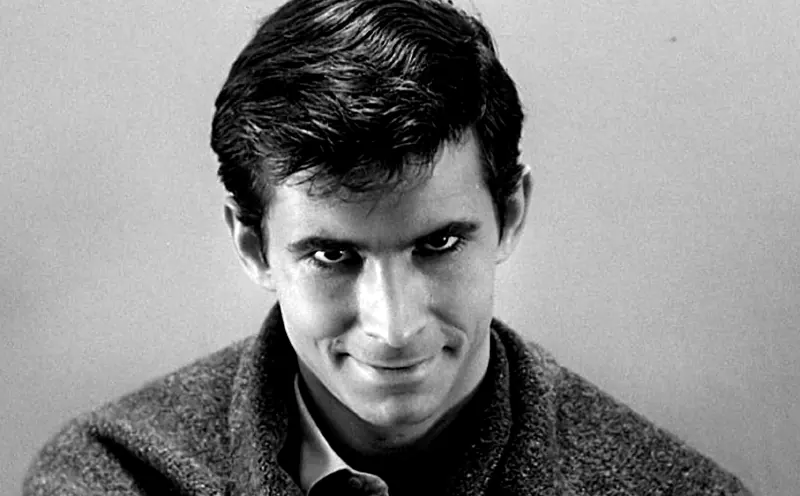HITCHCOCK TURNS THE TABLES ON THE AUDIENCE
Over half a century on, Psycho is still a tremendous inspiration to low budget filmmakers, as Hitchcock shot the film on a shoestring budget of under a million dollars. Because many "B" movies did well commercially at the time, Hitchcock wanted to see if he could turn a solid, inexpensive film into a success. Keeping the cost down was one of the main objectives why he shot on black and white stock.
Hitchcock did everything to make the film succeed, including creating hype in any way he possibly could. For instance, to keep the movie’s shock twist a secret, he bought the rights to the novel (for only $9,000) and then bought up all available copies he could lay his hands on.
MASTER OF SUSPENSE
Hitchcock was known as the Master of suspense. He famously explained the difference between surprise and suspense using the anecdote of two people sitting at a table, talking. Suddenly a bomb explodes; this is an example of surprise. Suspense, however, would be when we know about the bomb before it explodes (or doesn’t). According to Hitchcock, suspense is cinematically far more powerful, as the tension can be milked.
In a way the twist in Psycho goes against the golden rule of suspense, because we don’t see Marion Crane’s death coming. Instead it hits us as a massive shock. Ironically when we watch Psycho again today, the whole first third of the film has become pure suspense … as we know she will die in the shower. (Oops. I didn’t spoil anything for you there, did I?)
BREAKING HIS OWN RULE
Hitch didn’t really break his suspense rule in Psycho. The long travel sequence from downtown Phoenix to the Bates Motel is one long string of suspenseful moments. And as our movie moment will illustrate, even after the shock twist Hitchcock still stays true to his suspense mantra.
If he didn’t believe in surprise, why then did Hitchcock kill off Marion Crane so suddenly? Because removing the main character served a greater purpose: to mess with another golden principle of cinema… that of the single POV. This brings us to the movie moment, which is not the shower scene.

THE MOMENT - PLAYING WITH POV
Norman Bates (Anthony Perkins) is schizophrenic, and indirectly Hitchcock creates a cinematic experience that emulates this condition for the audience as well. First we identify with Marion Crane, but once she is gone, there is only one character left — her murderer.
Most viewers will admit after seeing Psycho that - at least for a short while - they move their empathy from the victim to the killer. “Hold on,” I hear you say, “we don’t ever root for Norman Bates!” Really? Well check out this scene… Norman has just murdered Marion and has to get rid of the body. He puts it in the trunk of the car and drives it into a swamp. There, we witness how the car slowly sinks … suspense … but it gets stuck! The shiny white car roof remains visible above the mud. Norman momentarily panics - and so do we … with him.
We hold our breath — until the car finally disappears into the black bog. - Q.E.D.
Karel Segers
Karel Segers wrote his first produced screenplay at age 17. Today he is a story analyst, script editor and producer with experience in rights acquisition, script development and production. His
screenwriting classes have trained writers in Australia, Europe, Asia and the Middle East, and his clients include international award-winning filmmakers as well as three Academy Award nominees.
Karel is the founder of
The Story Department and he ranks in the world's Top 10 of most influential people for screenwriting on Twitter.